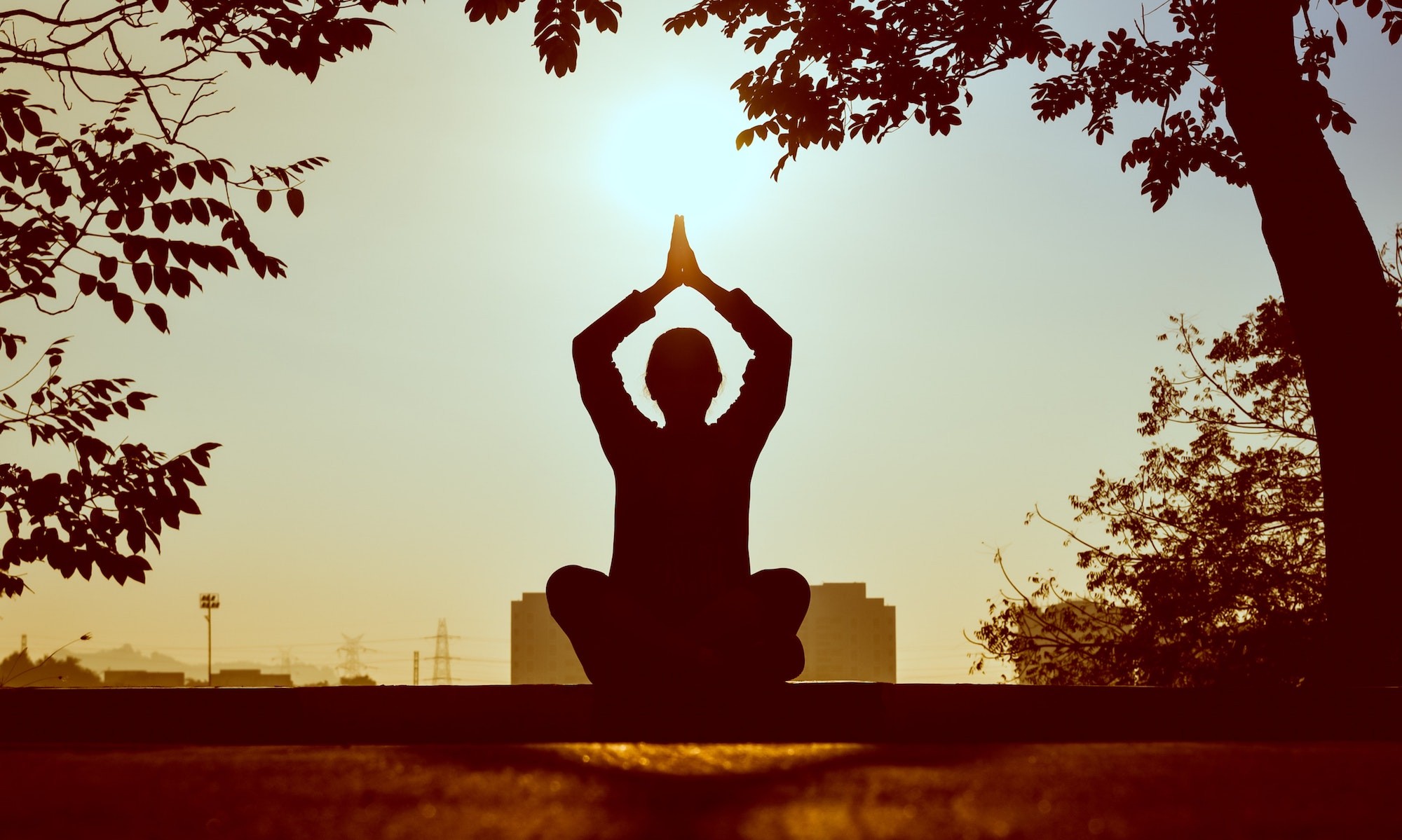Yoga is a mindful physical activity that helps individuals deal with stress, and is especially vital for individuals involved in addiction and recovery. Yoga uses mental and physical techniques to target the part of the brain that was affected by a substance use disorder and helps to reduce drug cravings. The Yoga butterfly pose, also known as Baddha Konasana is one of the best yoga poses for addiction treatment. Mastering this pose will help you learn how to relax and have a clear mind while dealing with cravings. supplemental or adjunct health activity is frequently seen as a natural treatment. Yoga is frequently useful when combined with other standard substance misuse treatment modalities. Addiction is described as a loss of control over doing, taking, or using anything to the point that it may be damaging to one\'s health. Addictions develop for a variety of causes. In the case of narcotics, alcohol, and nicotine, these substances have an impact on how you feel, both physically and psychologically. These experiences might be pleasurable and produce a strong desire to consume the drugs again. The stress of dealing with an addiction can harm your job life and relationships. Addiction can have major psychological and physical consequences in the case of substance abuse. 1. Detox through the six Shatkarmas of Hatha Yoga: These detoxify, and purify the internal environment to start the person off on a path of experiencing a cleansed body with layers of toxicity being thrown out. Body cleansing brings about balance in the person\'s nervous system, thus engendering a feeling of health and general good feeling. This helps the person in experiencing a good state other than when he/she is under the spell of whatever the addiction, be it alcohol, drugs, substance abuse, or even socio-psychological addictions like gambling, workaholism, compulsive shopping, and so on. 2. Pranayama helps invigorate the person\'s life force or prana and, most importantly, brings about self-awareness, starting with the simple act of watching your own breath. Most actions of addiction are compulsive. As you progress in the practice of breath observation, you automatically imbibe self-awareness. This starts to impact your life as your presence of mind becomes sharp. A smoker without awareness compulsively picks a cigarette, or an alcoholic pours himself a drink. With practice, they are more aware of this act. They become an observer of their thoughts and acts. This helps them break the compulsive, unthinking act of indulgence. 3. Simple asana practices: Followed up with the Shatkarmas, these further help in removing bodily stiffness, bringing about flexibility in the joints, and muscles, and releasing accumulated stress and tension in the different parts of the body. Asanas also get the various systems, the nervous system, endocrine system, hormonal and digestive system into a better state. This helps correct the physical, mental and emotional state of the person as it brings in a feel-good factor of looking better with the skin and general appearance of the person, bringing in confidence and self-assurance. 4. Om chanting: This can end with Om chanting, starting with five rounds, and keep building up the capacity to do more rounds.

